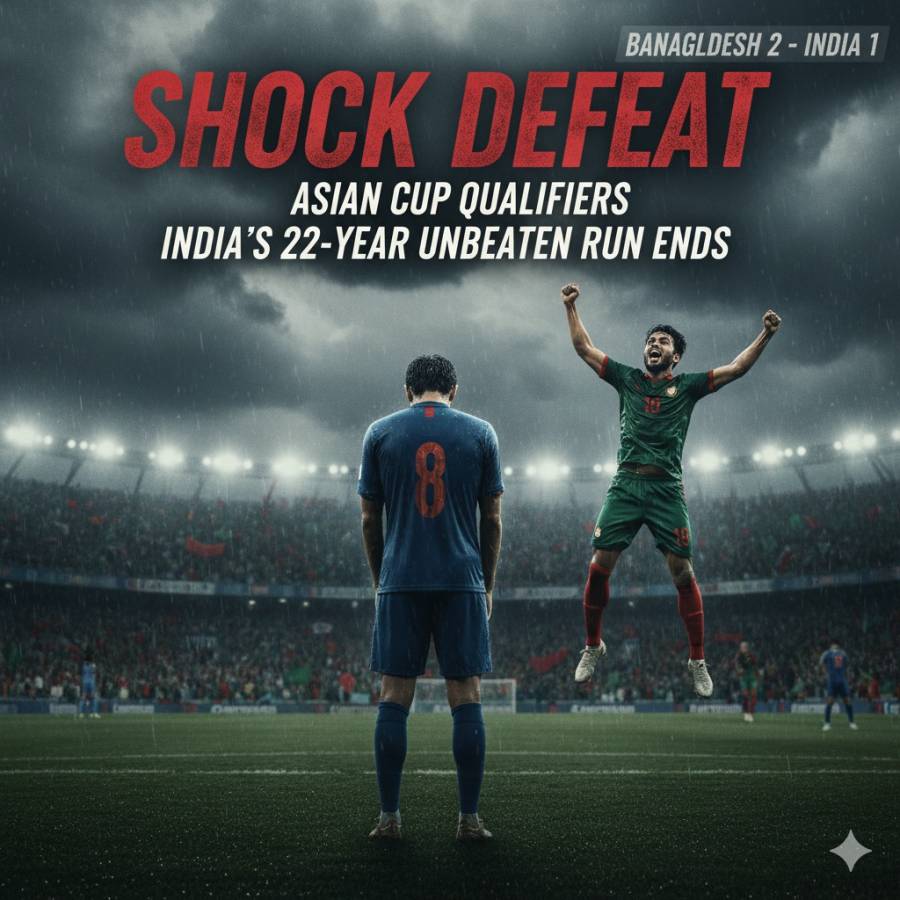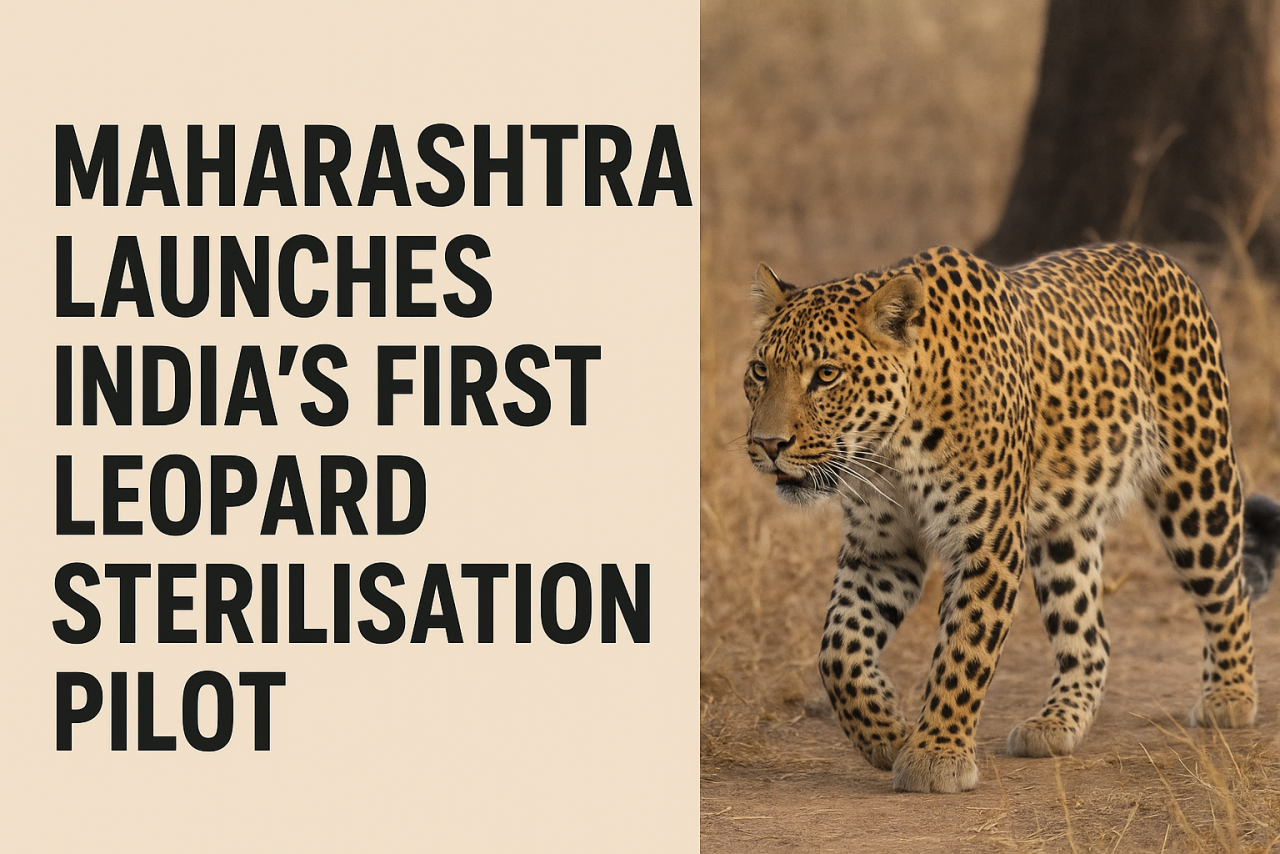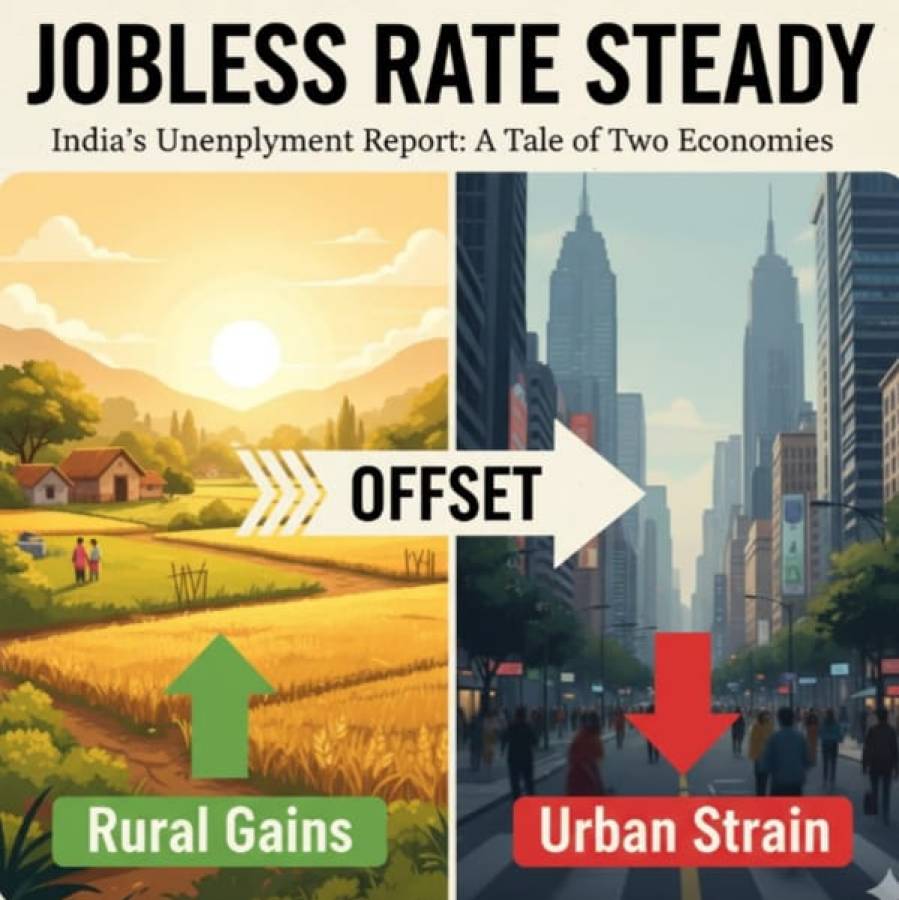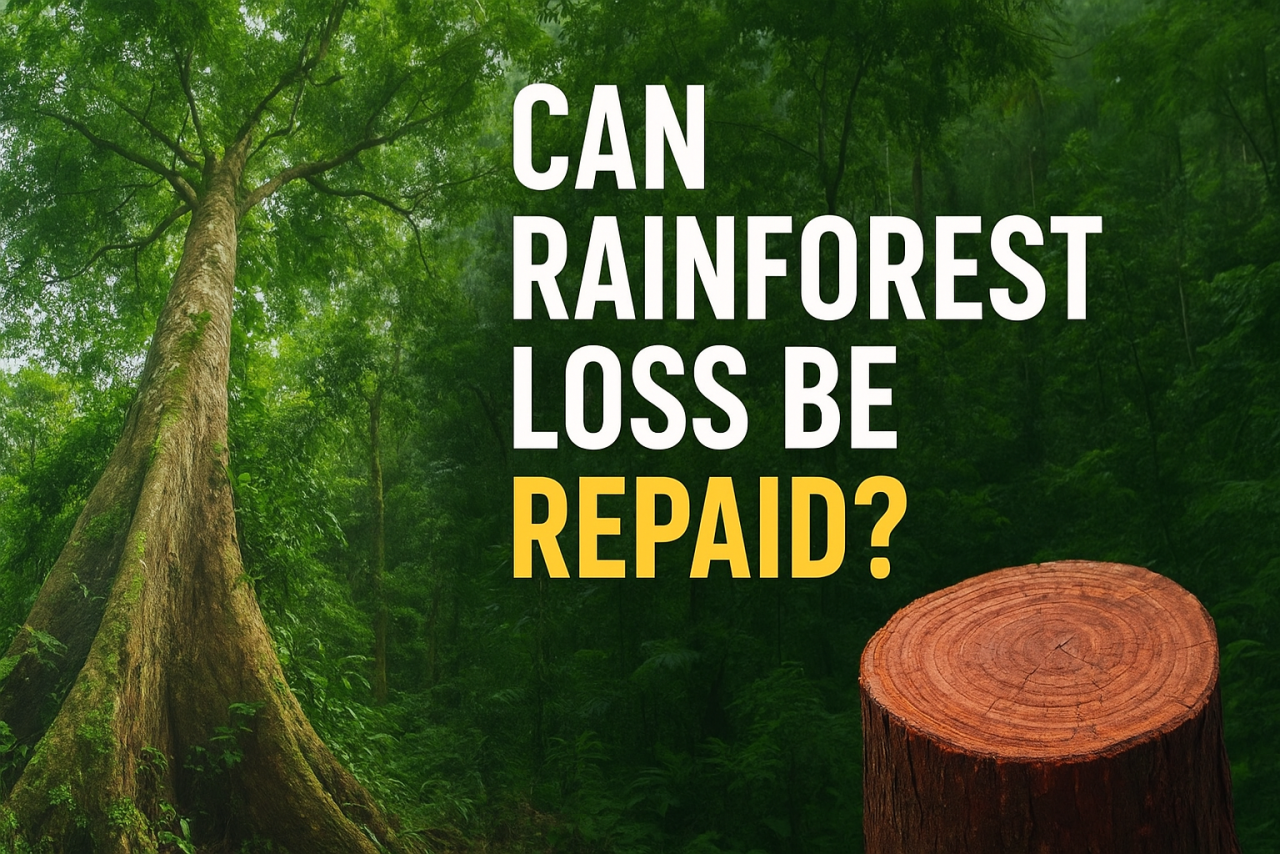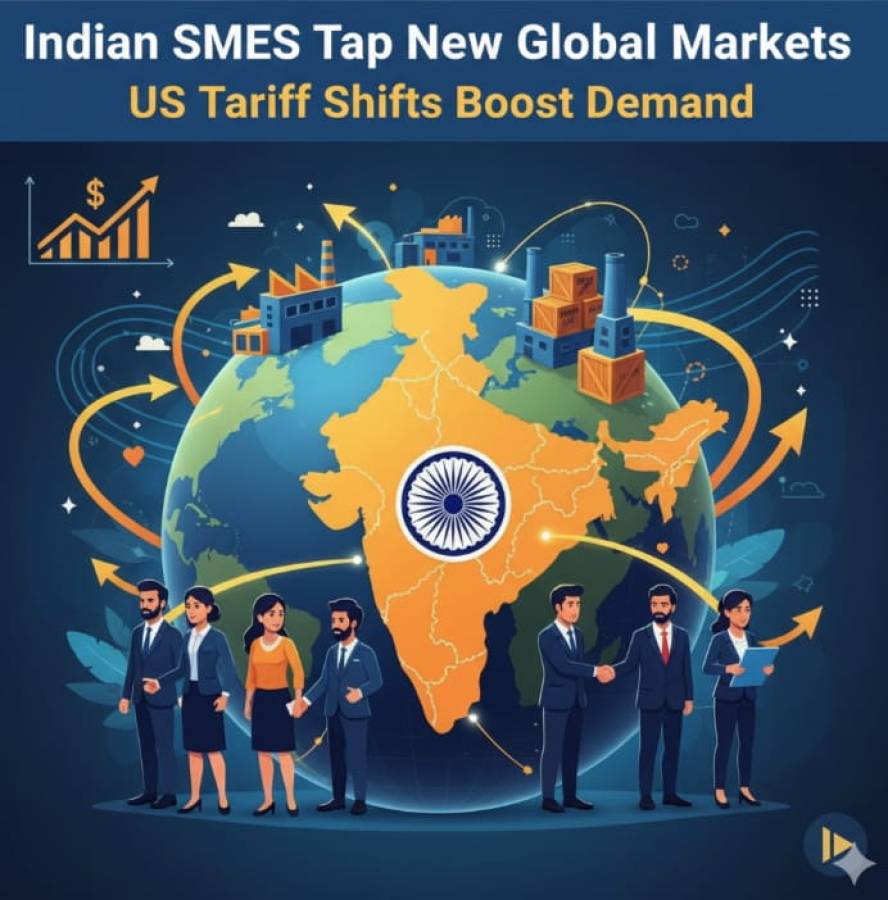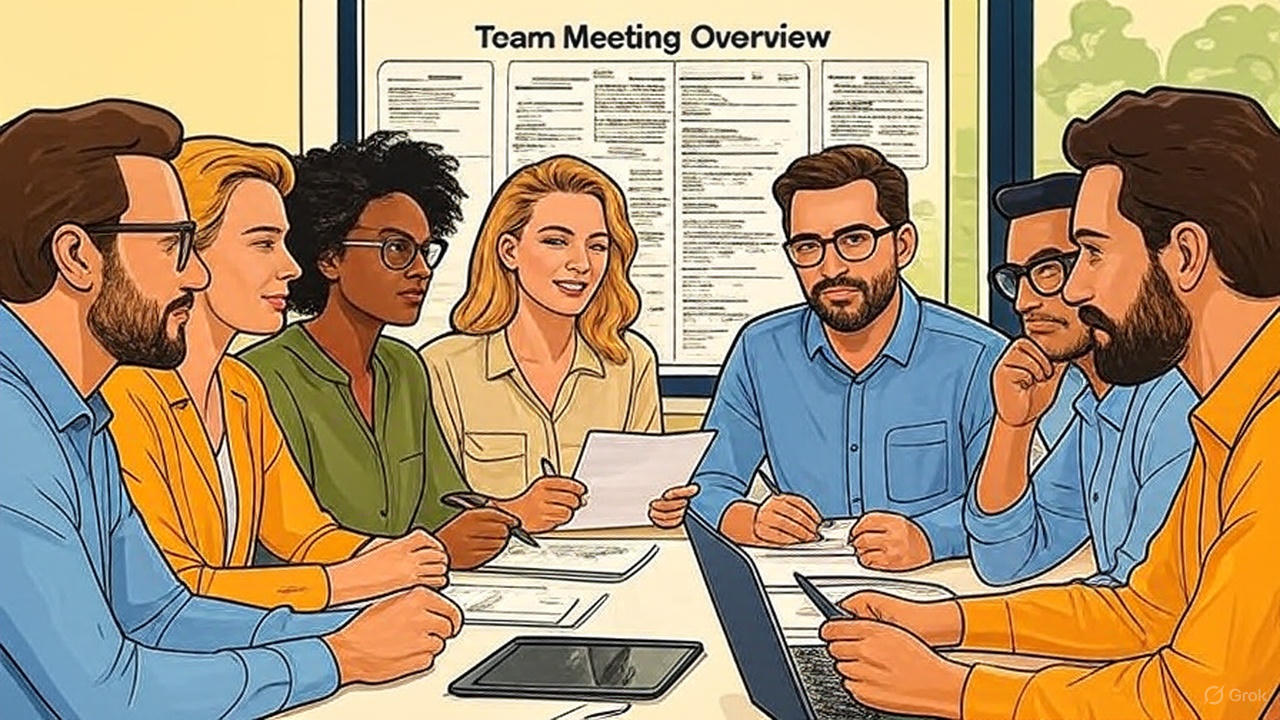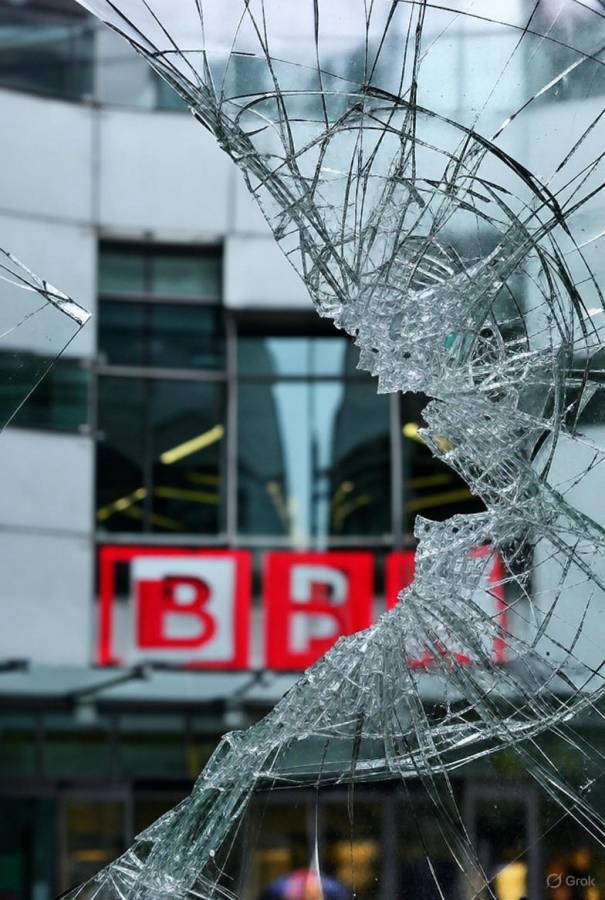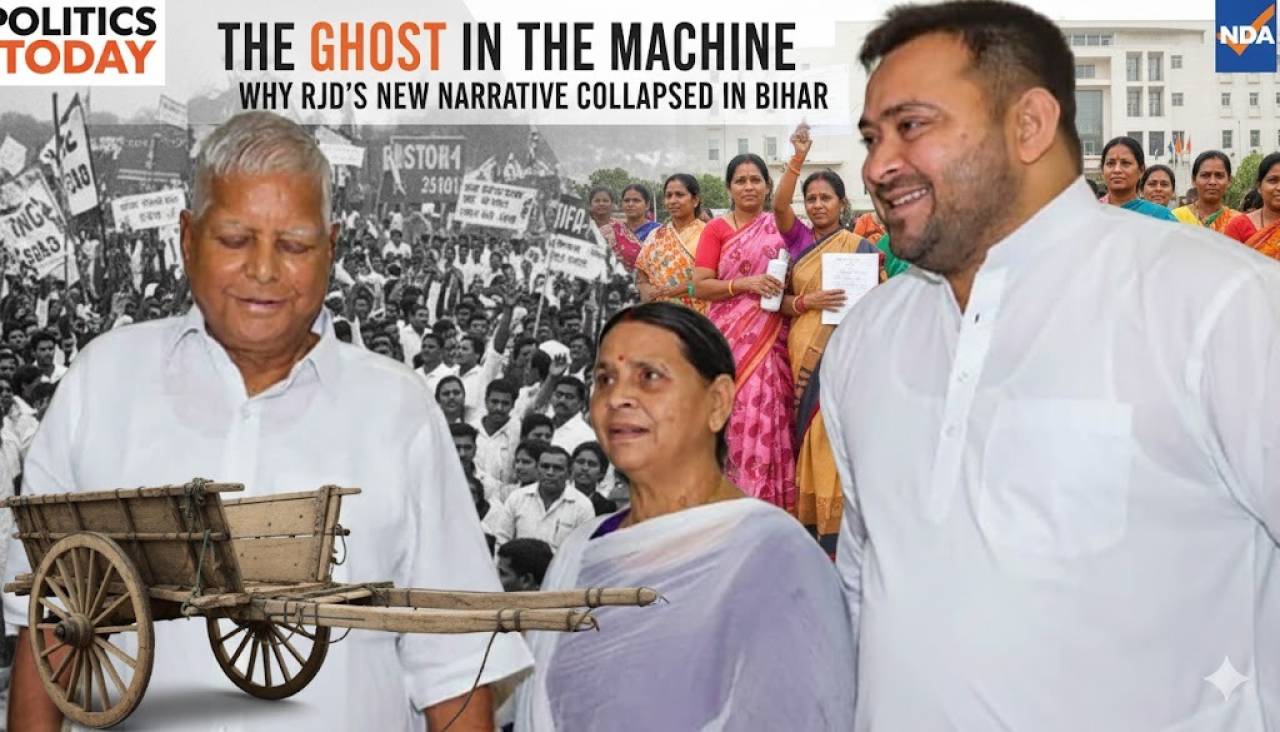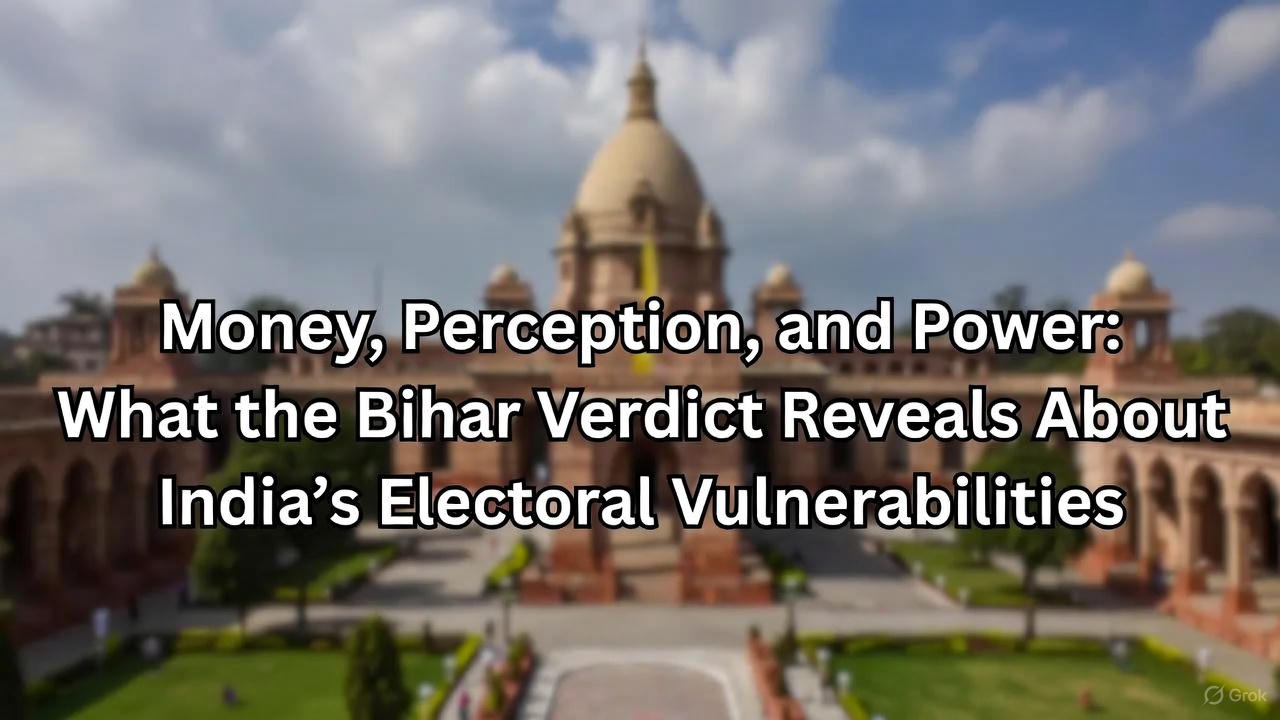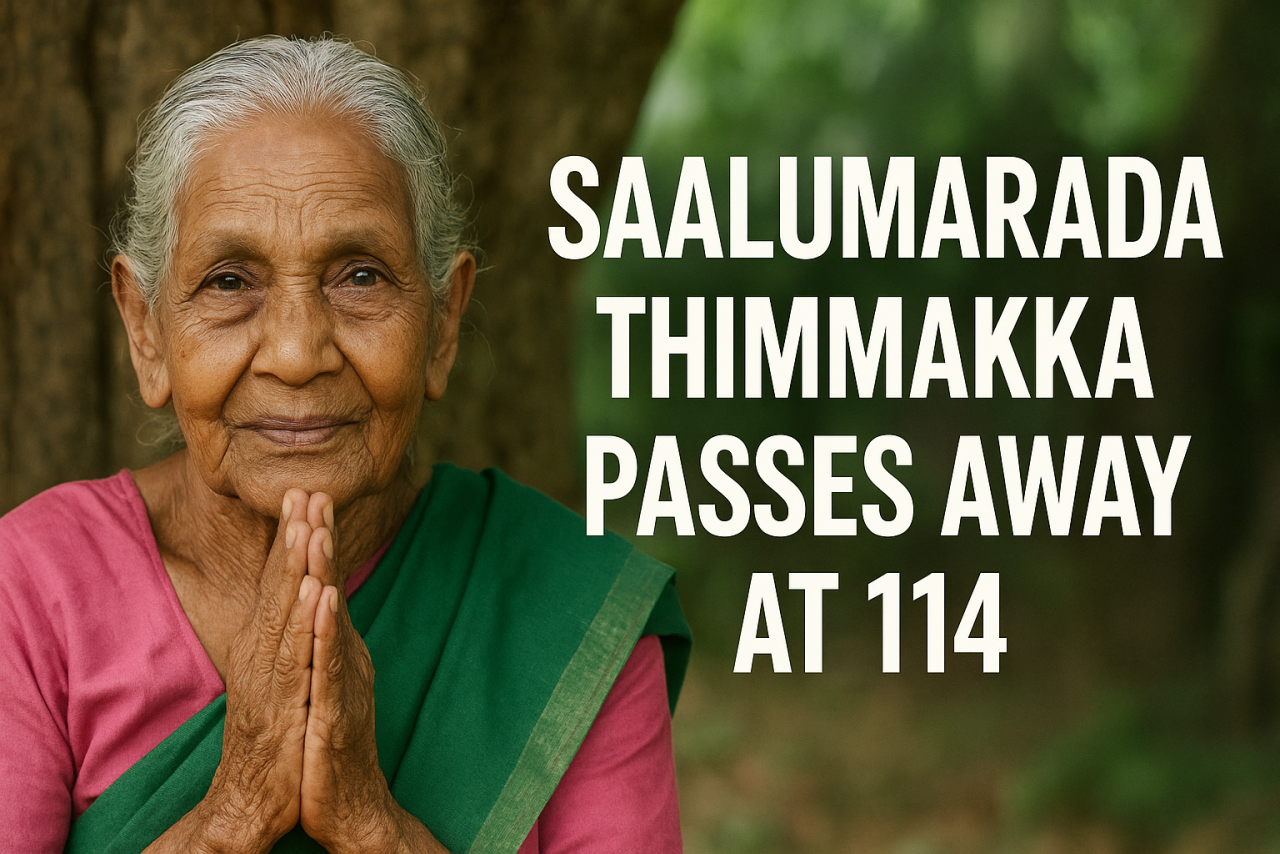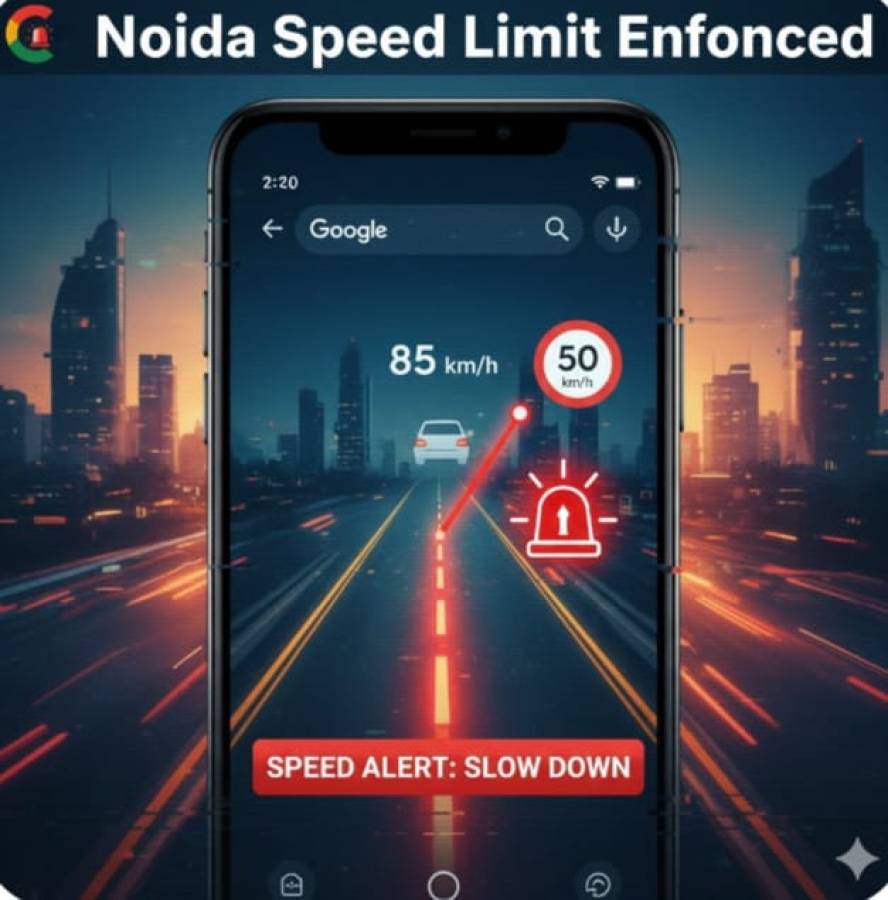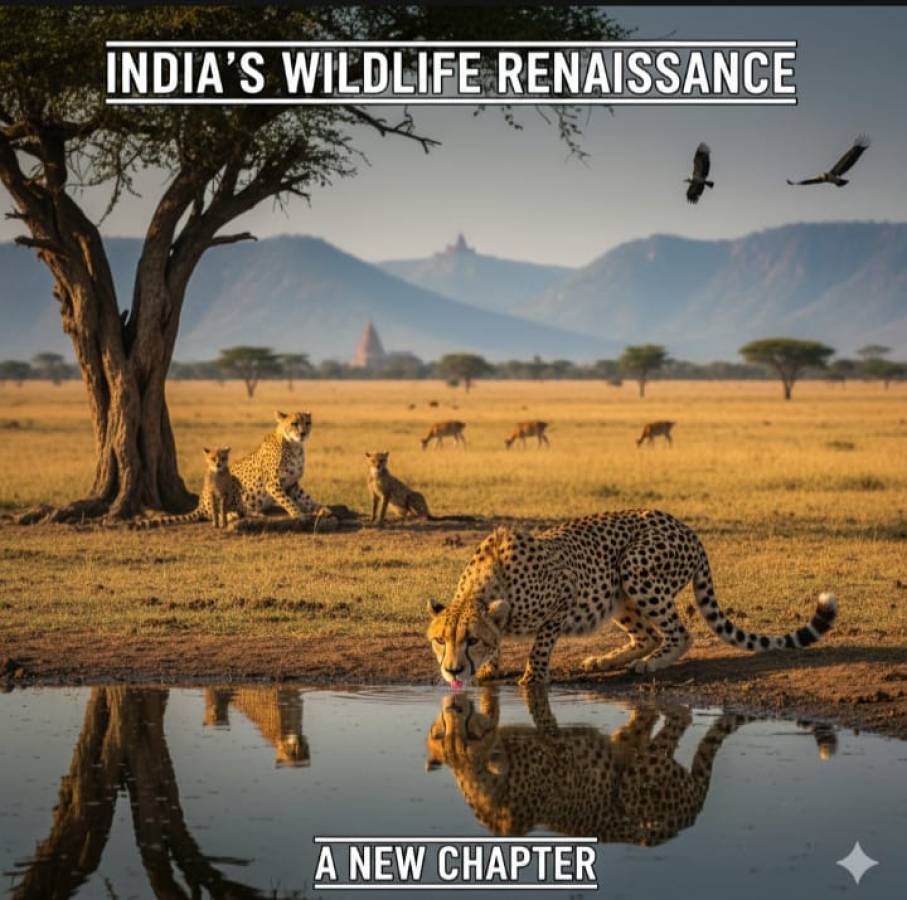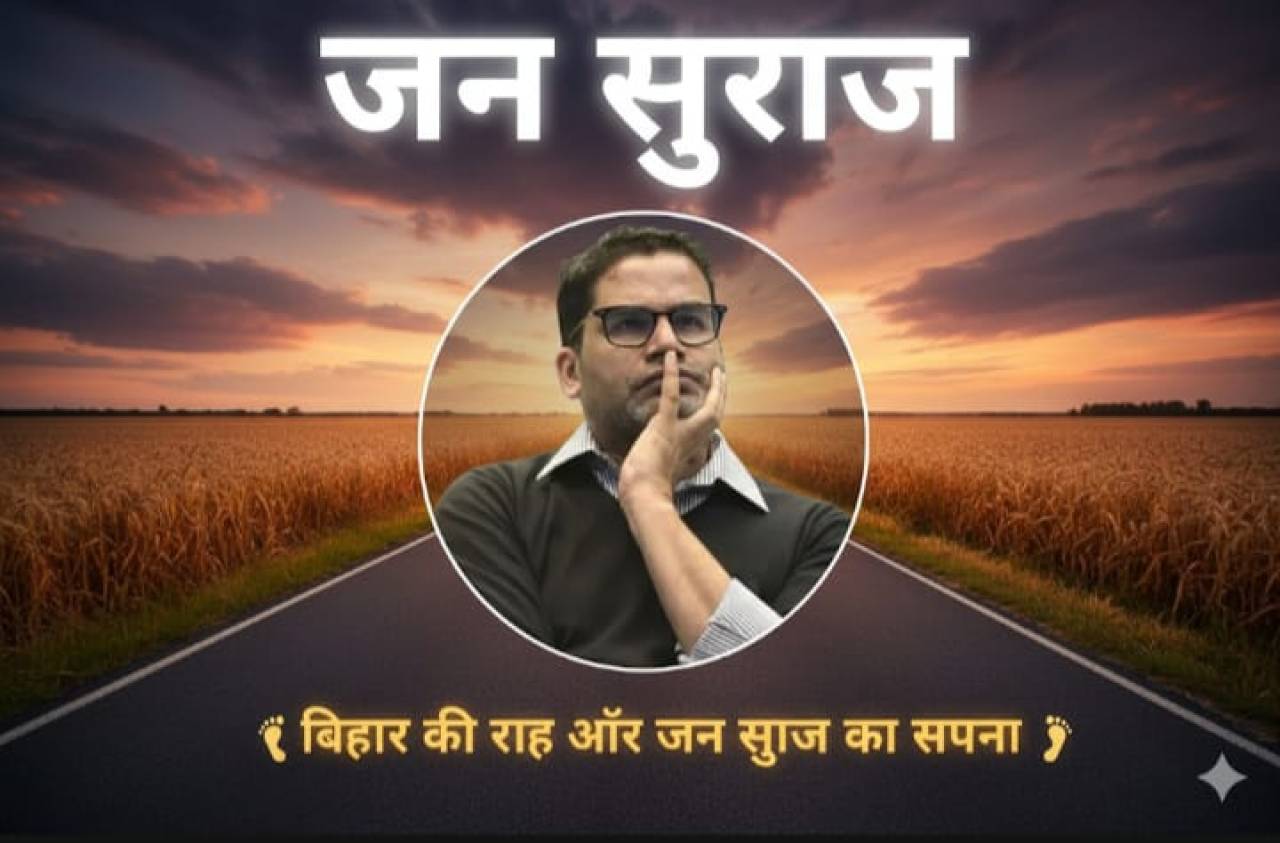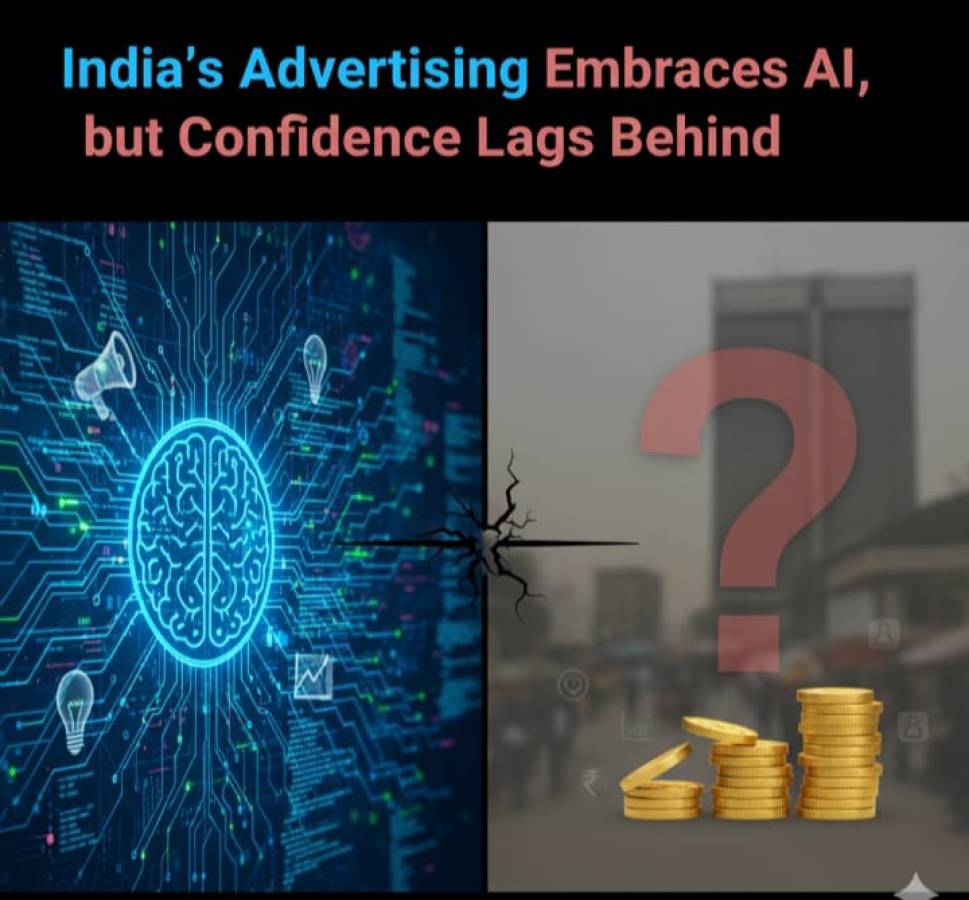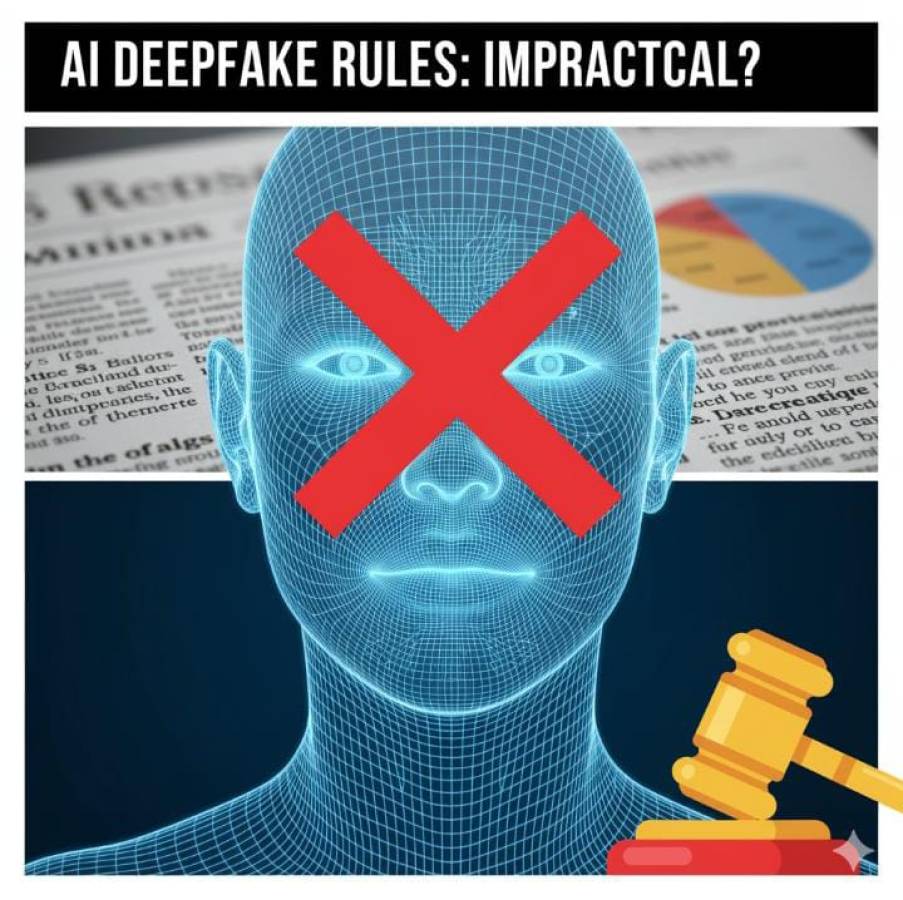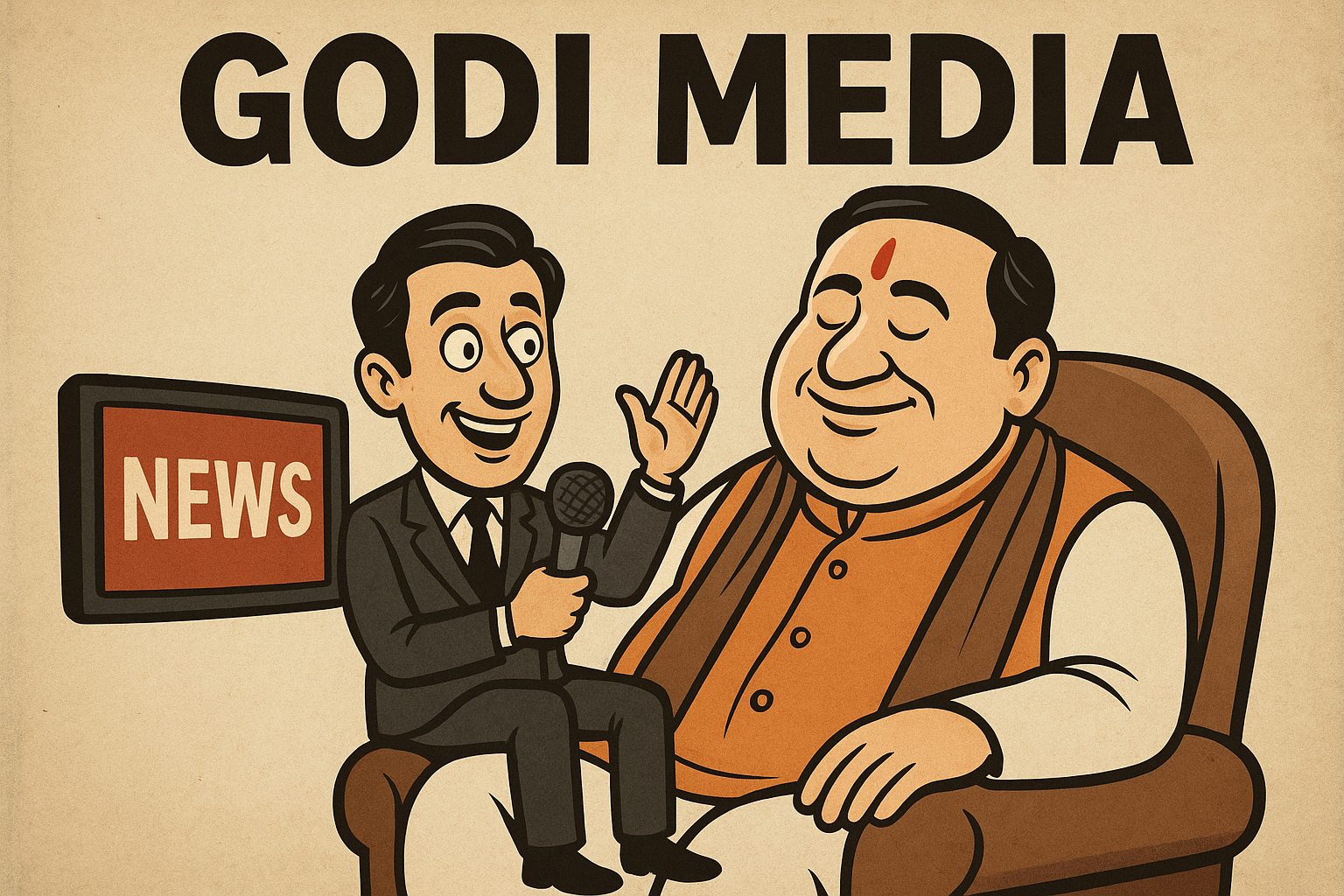
In any democracy, the media is often called the fourth pillar of power. Its role is to question, to analyze, and to give citizens unbiased information. In India, however, the term “Godi Media” has become popular in recent years. It refers to those sections of the mainstream media that are seen as being too close to the ruling government, especially the Bharatiya Janata Party (BJP). The phrase, which literally means “lap media,” suggests that some TV channels and newspapers prefer sitting in the lap of power instead of questioning it. This transformation has had a major impact on how people form opinions and how democracy functions.
The Rise of Godi Media
The growth of Godi Media began with the increasing dominance of television news in India. Instead of focusing on ground reporting or balanced debates, many channels shifted toward sensationalism and loud panel discussions. Ratings, or TRPs, became more important than serious journalism. The situation worsened when large business houses with political links started acquiring major news channels. Slowly, prime-time debates turned into political theatre, where anchors appeared more interested in defending the government rather than questioning it.
In the last decade, especially after 2014, several mainstream media outlets began echoing the government’s talking points. Instead of investigating issues like unemployment, rising prices, or healthcare problems, the focus shifted toward religion, nationalism, and polarization. This selective coverage created an environment where the ruling party received glowing coverage while the opposition was mocked or ignored.
How Public Opinion is Shaped
Media has the power to decide what people should talk about. This is known as the “agenda-setting” role of journalism. When Godi Media repeatedly highlights one issue, it often makes people believe that it is the most important problem facing the nation. For example, if TV debates focus on communal tensions instead of job losses, the public begins to prioritize identity issues over economic concerns.
Moreover, repeated positive coverage of the government creates what experts call the “halo effect.” This makes leaders look more powerful and trustworthy, even if their policies are not working well. At the same time, constant criticism of opposition leaders paints them as weak or irrelevant. Over time, this distorts the political landscape because voters do not get a full picture.
Expert Views on the Trend
Many media experts argue that the credibility of Indian journalism has been damaged due to the rise of Godi Media. Veteran journalist Ravish Kumar, who resigned from NDTV, has often warned that news channels have turned into propaganda machines. According to him, when anchors shout down questions instead of asking them, the very purpose of journalism is lost. International watchdogs like Reporters Without Borders have also lowered India’s ranking in the World Press Freedom Index, citing growing pressure on journalists and media outlets.
The Social Media Factor
Interestingly, the rise of Godi Media has also fueled the growth of social media journalism. Independent platforms on YouTube, Twitter, and Instagram are filling the gap left by television. Young journalists and fact-checking organizations are using these platforms to highlight stories that mainstream outlets avoid. While social media has its own problems like fake news and trolling, it has also given citizens an alternative space where different voices can be heard.
The Danger to Democracy
The biggest danger of Godi Media is that it weakens democracy by removing accountability. When the press acts as a cheerleader instead of a watchdog, citizens do not receive the full truth. Governments become overconfident because they know they will not face tough questions. Opposition parties struggle to reach voters because their voices are silenced. This creates a one-sided democracy where elections look free but the flow of information is controlled.
In history, whenever the media has sided too closely with those in power, societies have suffered. In the United States, for instance, parts of the media faced criticism for being too close to political leaders during the Iraq war. In Russia, most of the mainstream press is seen as aligned with the government. India risks going down a similar path if Godi Media continues to dominate.
Final Take
The future of journalism in India depends on how both citizens and journalists respond to this challenge. People must learn to question what they watch and demand accountability from media houses. At the same time, journalists need to remember that their job is not to please those in power but to serve the truth. Strengthening independent media and protecting press freedom are essential steps for keeping democracy alive.


